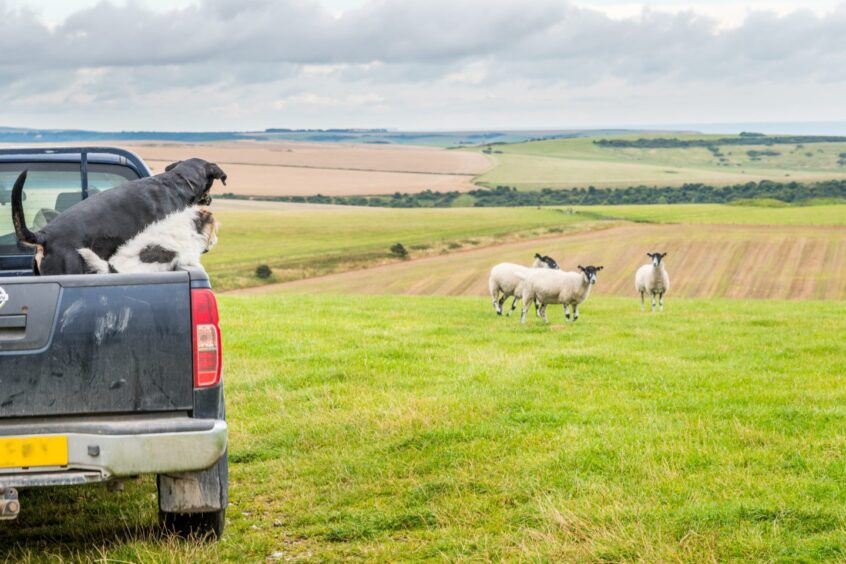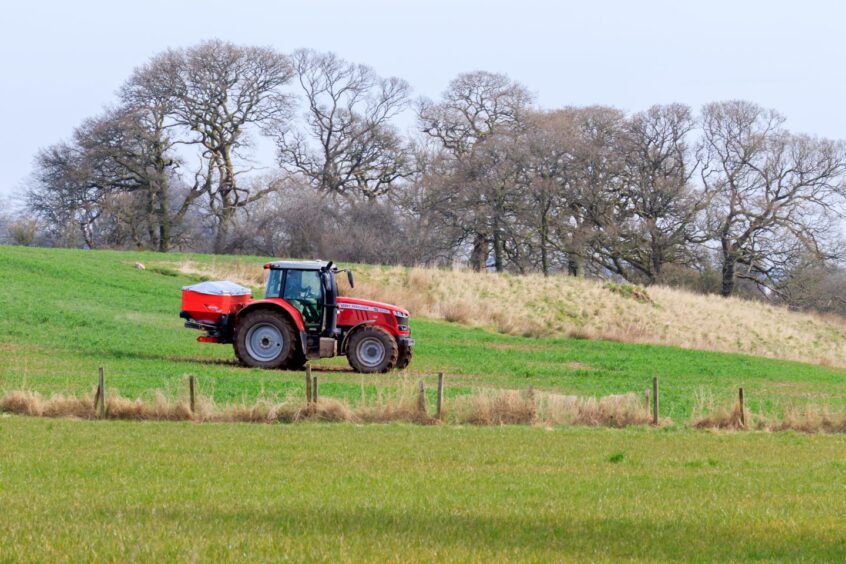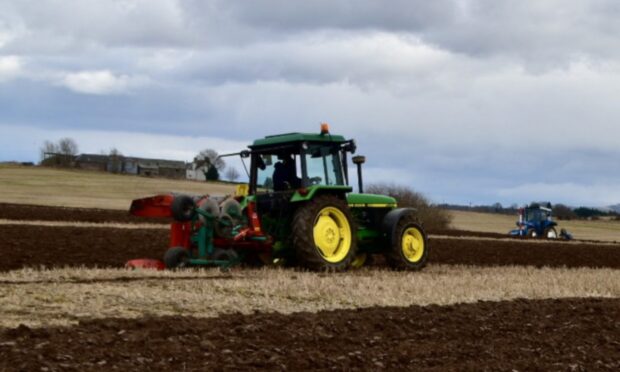The shockwaves of last week’s Budget announcements are still resonating through the farming industry.
There’s been plenty of activity to spell out the disastrous effects which the changes to inheritance tax will have on many family farms.
And claims from the Labour government that relatively few businesses will be affected each year by the curtailment of agricultural property relief have been pretty much shot down in flames.
Its assertion that very few family farms will be affected has been shown to be based on a misunderstanding of what a true family farm looks like. These changes will, therefore, seriously affect the prospects of many businesses passing on to the next generation.
The government’s calculations are flawed, as they are based solely on land values.
They take no account of the additional value of machinery, livestock, working capital or other business assets, including diversified activities supporting the farm and rural economy.
Government’s figures for scale of UK farming ‘miss half the picture’
The figures miss half the picture and so massively understate the effects of the changes.
But while there’s no escaping the seismic effects these changes to agricultural and business relief will create, they weren’t the only pieces of bad news for the farming community.
Perhaps hidden by the sheer magnitude of this threat, there were several other areas of pain for the sector in last week’s Autumn Budget.
Farming lifestyles under attack
As well as attacking the future of many people in the industry, a harsh strike was also launched on the current lifestyle of farming folk.
In a move best described as kicking a man when he’s down, the farmer’s favourite run-about – the double-cabbed pickup – has also had the plug pulled on its tax benefits.
These will, in the near future, no longer be taxed as work vehicles.
Such a move was originally due to go ahead more than a year ago.
But the outcry with which it was met saw a massive U-turn taken by the then government when the implications were made clear.
I remember writing at the time that many people in urban areas had cottoned on to these tax benefits.
And I suggested there should be a requirement for some proof the vehicle had actually been used for carting items like fencing equipment, animal feed, machinery spares or even the odd dead ewe in order to secure the business use exemption.
Fertiliser tax burden
Another hidden swipe at the industry has been taken in the form of an additional tax which may see an increase of between £50 and £75 on every tonne of fertiliser used.
If you thought some of the other taxes were complicated, this one takes some beating.
Expected to be introduced in January 2027, it’s part of the wider Carbon Border Adjustment Mechanism – CBAM for short.
Levied on a range of commercial industrial products which require high levels of energy to produce, such as imported steel, cement, aluminium and ceramics, the thinking here is that domestic producers of these goods shouldn’t be undercut by foreign rivals.
The latter, of course, can avoid the many additional costs imposed on UK-produced goods by current climate control measures.
Read more: All five Scots Tory MPs sign letter urging ‘family farm tax’ U-turn
Farmers would have welcomed such an import tax being extended to food and farm produce imported into the UK.
While this has not been given such a consideration, nitrogen fertilisers have.
Once again, the move defies logic as the truth of the matter is there are no longer any plants in the UK which produce nitrogen fertilisers.
Absolutely no-one is being put at a competitive disadvantage.
And on top of that, while the EU is proposing a similar tax, it’s only going to be brought in gradually and won’t be applied at the same rate as the UK’s until 2034.
If it was meant to be a “Budget for growth”, then it certainly won’t be encouraging it in farmers’ fields.
Brian Henderson farms a mix of arable and livestock enterprises with his family on their farm in Perthshire.















Conversation